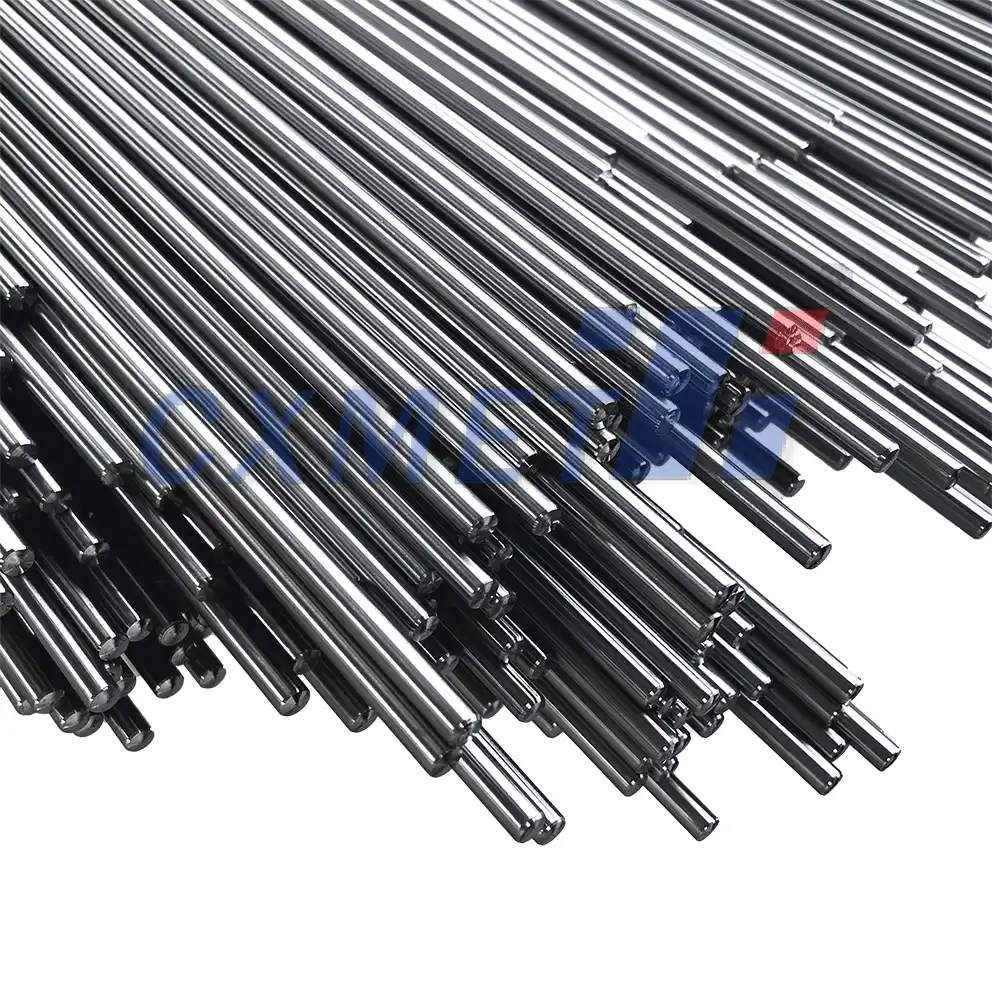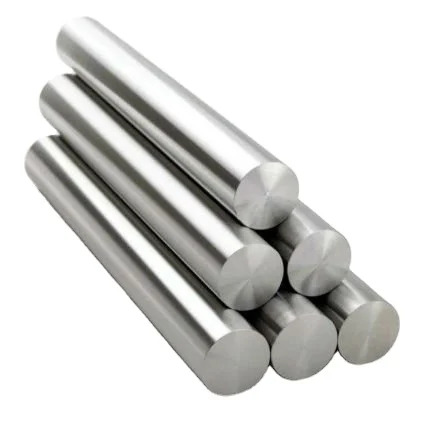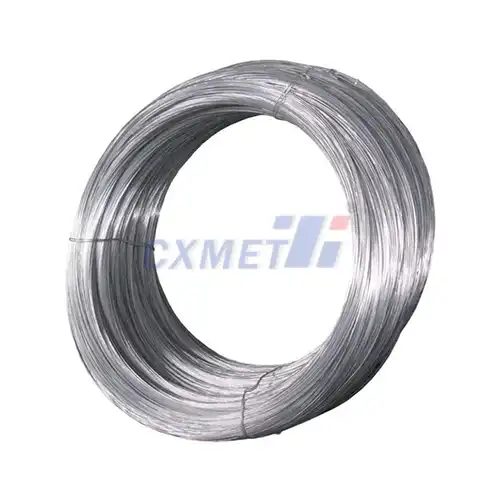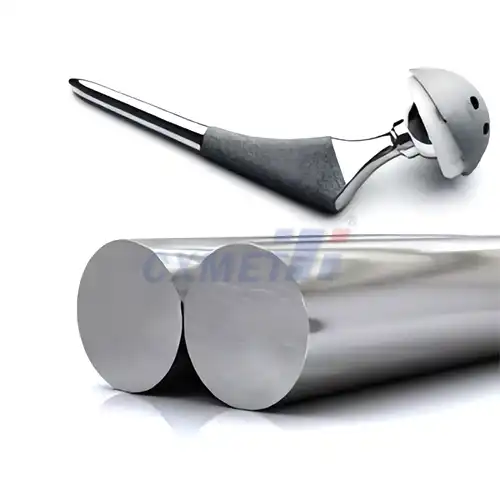- English
- French
- German
- Portuguese
- Spanish
- Russian
- Japanese
- Korean
- Arabic
- Greek
- German
- Turkish
- Italian
- Danish
- Romanian
- Indonesian
- Czech
- Afrikaans
- Swedish
- Polish
- Basque
- Catalan
- Esperanto
- Hindi
- Lao
- Albanian
- Amharic
- Armenian
- Azerbaijani
- Belarusian
- Bengali
- Bosnian
- Bulgarian
- Cebuano
- Chichewa
- Corsican
- Croatian
- Dutch
- Estonian
- Filipino
- Finnish
- Frisian
- Galician
- Georgian
- Gujarati
- Haitian
- Hausa
- Hawaiian
- Hebrew
- Hmong
- Hungarian
- Icelandic
- Igbo
- Javanese
- Kannada
- Kazakh
- Khmer
- Kurdish
- Kyrgyz
- Latin
- Latvian
- Lithuanian
- Luxembou..
- Macedonian
- Malagasy
- Malay
- Malayalam
- Maltese
- Maori
- Marathi
- Mongolian
- Burmese
- Nepali
- Norwegian
- Pashto
- Persian
- Punjabi
- Serbian
- Sesotho
- Sinhala
- Slovak
- Slovenian
- Somali
- Samoan
- Scots Gaelic
- Shona
- Sindhi
- Sundanese
- Swahili
- Tajik
- Tamil
- Telugu
- Thai
- Ukrainian
- Urdu
- Uzbek
- Vietnamese
- Welsh
- Xhosa
- Yiddish
- Yoruba
- Zulu
What are the Key Attributes of GR4 Titanium Seamless Tubes?
2024-08-08 17:24:53
GR4 Titanium Seamless Tubes are high-performance components widely used in various industries due to their exceptional properties. These tubes are made from Grade 4 titanium, known for its excellent strength-to-weight ratio, corrosion resistance, and biocompatibility. The seamless construction ensures uniform properties throughout the tube, making them ideal for applications requiring reliability and durability. Understanding the key attributes of GR4 Titanium Seamless Tubes is crucial for engineers, manufacturers, and end-users to make informed decisions about their use in specific applications.
What are the advantages of using GR4 Titanium Seamless Tubes in aerospace applications?
GR4 Titanium Seamless Tubes have found extensive use in the aerospace industry due to their unique combination of properties that make them ideal for this demanding sector. The primary advantage of using these tubes in aerospace applications is their exceptional strength-to-weight ratio. Titanium Grade 4 offers a high strength comparable to many steels but at a significantly lower weight, which is crucial in aircraft design where every gram counts.
The seamless construction of these tubes ensures uniform mechanical properties throughout the entire length, eliminating weak points that could be present in welded tubes. This uniformity is critical in aerospace applications where component failure could have catastrophic consequences. The seamless nature also contributes to improved fatigue resistance, which is essential for parts subjected to repeated stress cycles during flight.
Corrosion resistance is another key attribute that makes GR4 Titanium Seamless Tubes valuable in aerospace. The aerospace environment often exposes materials to various corrosive elements, including moisture, salt, and extreme temperatures. Titanium naturally forms a protective oxide layer on its surface, providing excellent resistance to corrosion in these challenging conditions. This property not only enhances safety but also reduces maintenance requirements and extends the service life of components.
The thermal stability of GR4 Titanium Seamless Tubes is particularly beneficial in aerospace applications. These tubes maintain their mechanical properties across a wide range of temperatures, from the extreme cold encountered at high altitudes to the heat generated by engine components. This stability ensures consistent performance and reliability throughout various flight conditions.
Furthermore, the biocompatibility of titanium, while not directly relevant to most aerospace applications, can be advantageous in certain specialized areas such as space exploration where materials that do not cause adverse reactions in living organisms may be preferred.
The machinability of GR4 Titanium Seamless Tubes allows for precise manufacturing of complex aerospace components. While titanium can be challenging to machine compared to some other metals, advanced manufacturing techniques have been developed to work effectively with this material, enabling the creation of intricate parts with tight tolerances.
In summary, the use of GR4 Titanium Seamless Tubes in aerospace applications offers a combination of high strength, low weight, corrosion resistance, thermal stability, and reliability that is difficult to match with other materials. These attributes contribute to improved fuel efficiency, enhanced performance, and increased safety in aircraft and spacecraft design.
How does the corrosion resistance of GR4 Titanium Seamless Tubes compare to other materials?
The corrosion resistance of GR4 Titanium Seamless Tubes is one of their most remarkable attributes, setting them apart from many other materials used in industrial applications. To understand how they compare, it's essential to examine the mechanisms behind their corrosion resistance and contrast them with other commonly used materials.
Titanium's exceptional corrosion resistance stems from its ability to form a stable, continuous, highly adherent, and protective oxide film on its surface. This film, primarily composed of titanium dioxide (TiO2), forms spontaneously and instantly when titanium is exposed to air or moisture. The oxide layer is typically only a few nanometers thick but is remarkably effective at protecting the underlying metal from further oxidation or corrosion.
Compared to stainless steel, which is often considered the benchmark for corrosion-resistant metals, GR4 Titanium Seamless Tubes generally offer superior performance in many environments. While stainless steel relies on chromium to form a protective oxide layer, this layer can break down in certain conditions, particularly in the presence of chlorides. Titanium, on the other hand, maintains its protective oxide layer in a broader range of environments, including those with high chloride concentrations.
In marine environments, where many metals struggle due to the corrosive nature of saltwater, GR4 Titanium Seamless Tubes excel. They are virtually immune to corrosion in seawater and can withstand exposure to marine atmospheres indefinitely. This makes them ideal for offshore oil and gas applications, desalination plants, and marine research equipment.
When compared to aluminum, another lightweight metal often used in aerospace and marine applications, GR4 Titanium Seamless Tubes demonstrate significantly better corrosion resistance. While aluminum does form a protective oxide layer, it is more susceptible to pitting corrosion in chloride-containing environments and can suffer from galvanic corrosion when in contact with other metals.
In chemical processing industries, the corrosion resistance of GR4 Titanium Seamless Tubes is particularly valuable. They can withstand a wide range of aggressive chemicals, including most oxidizing acids, chlorine, and chlorine compounds. This resistance extends to high temperatures, where many other materials would quickly degrade. For instance, titanium outperforms stainless steel in nitric acid environments, especially at elevated temperatures.
It's worth noting that while GR4 Titanium Seamless Tubes offer excellent broad-spectrum corrosion resistance, there are specific environments where other materials may perform better. For example, tantalum and some nickel alloys can outperform titanium in extremely aggressive acid environments. However, these materials are often significantly more expensive and may lack other desirable properties of titanium.
The seamless construction of GR4 Titanium Tubes further enhances their corrosion resistance by eliminating weld seams, which can be weak points for corrosion initiation in other types of tubing. This uniformity ensures consistent corrosion resistance along the entire length of the tube.
In summary, the corrosion resistance of GR4 Titanium Seamless Tubes is superior to that of most common engineering materials across a wide range of environments. Their ability to maintain integrity in challenging conditions, coupled with their other favorable properties, makes them an excellent choice for applications where long-term reliability and minimal maintenance are critical.
What are the manufacturing challenges and cost considerations for GR4 Titanium Seamless Tubes?
The production of GR4 Titanium Seamless Tubes presents several unique manufacturing challenges and cost considerations that significantly impact their production and market price. Understanding these factors is crucial for both manufacturers and end-users to appreciate the value and limitations of these high-performance components.
One of the primary manufacturing challenges lies in the inherent properties of titanium itself. Titanium has a high melting point (1668°C) and is highly reactive at elevated temperatures, which complicates the melting and forming processes. This reactivity necessitates the use of vacuum or inert atmosphere melting techniques to prevent contamination and ensure the purity of the final product. The specialized equipment required for these processes contributes significantly to the overall production costs.
The seamless tube manufacturing process for titanium is more complex and energy-intensive compared to that of many other metals. The process typically involves either extrusion or pilgering (cold rolling) techniques. Extrusion requires powerful hydraulic presses capable of applying enormous pressures to force the titanium through a die. Pilgering, on the other hand, involves a series of rolling operations that gradually reduce the diameter and wall thickness of the tube. Both methods require precise control and specialized tooling to maintain the tight tolerances and uniform properties demanded by high-performance applications.
Titanium's high strength and low ductility at room temperature make it challenging to cold work. This necessitates frequent annealing steps during the tube-making process to restore workability, adding time and energy costs to production. The annealing must be carefully controlled to avoid excessive grain growth or contamination, which could compromise the mechanical properties of the final product.
Machining GR4 Titanium Seamless Tubes presents another set of challenges. Titanium's low thermal conductivity causes heat to build up at the cutting edge during machining, leading to rapid tool wear. Its high strength and work-hardening tendency further complicate machining operations. As a result, specialized cutting tools and techniques are required, often at lower cutting speeds than those used for other metals, increasing production time and cost.
Quality control is a critical and costly aspect of GR4 Titanium Seamless Tube production. Non-destructive testing methods such as ultrasonic testing, eddy current testing, and hydrostatic testing are routinely employed to ensure the integrity of the tubes. The stringent quality requirements, particularly for aerospace and medical applications, necessitate extensive documentation and traceability, adding to the overall production costs.
The raw material cost of titanium itself is a significant factor in the price of GR4 Titanium Seamless Tubes. Titanium is less abundant than many other structural metals and is energy-intensive to extract from its ores. The price of titanium can be volatile, influenced by global economic conditions and demand from major industries like aerospace.
Environmental and safety considerations also contribute to the cost of production. The reactive nature of titanium at high temperatures poses fire and explosion risks, requiring stringent safety measures in manufacturing facilities. Additionally, the disposal or recycling of titanium scrap and waste products must be carefully managed to comply with environmental regulations.
Despite these challenges and costs, the demand for GR4 Titanium Seamless Tubes remains strong in industries where their unique properties justify the investment. The long-term cost-effectiveness of titanium components, considering their durability, corrosion resistance, and reduced maintenance requirements, often outweighs the initial higher purchase price in many applications.
In conclusion, the manufacturing of GR4 Titanium Seamless Tubes involves overcoming significant technical challenges and managing substantial costs associated with specialized equipment, energy-intensive processes, and stringent quality control measures. These factors contribute to the higher price of titanium tubes compared to those made from more common materials. However, for applications requiring the unique combination of properties offered by GR4 Titanium Seamless Tubes, the benefits often justify the investment, driving continued innovation in manufacturing processes to improve efficiency and reduce costs.
At SHAANXI CXMET TECHNOLOGY CO., LTD, we take pride in our extensive product range, which caters to diverse customer needs. Our company is equipped with outstanding production and processing capabilities, ensuring the high quality and precision of our products. We are committed to innovation and continuously strive to develop new products, keeping us at the forefront of our industry. With leading technological development capabilities, we are able to adapt and evolve in a rapidly changing market. Furthermore, we offer customized solutions to meet the specific requirements of our clients. If you are interested in our products or wish to learn more about the intricate details of our offerings, please do not hesitate to contact us at sales@cxmet.com. Our team is always ready to assist you.
References:
1. ASTM International. (2021). ASTM B338 - Standard Specification for Seamless and Welded Titanium and Titanium Alloy Tubes for Condensers and Heat Exchangers.
2. Lutjering, G., & Williams, J. C. (2007). Titanium (2nd ed.). Springer-Verlag Berlin Heidelberg.
3. Boyer, R., Welsch, G., & Collings, E. W. (1994). Materials Properties Handbook: Titanium Alloys. ASM International.
4. Peters, M., Kumpfert, J., Ward, C. H., & Leyens, C. (2003). Titanium Alloys for Aerospace Applications. Advanced Engineering Materials, 5(6), 419-427.
5. Donachie, M. J. (2000). Titanium: A Technical Guide (2nd ed.). ASM International.
6. Polmear, I., StJohn, D., Nie, J. F., & Qian, M. (2017). Light Alloys: Metallurgy of the Light Metals (5th ed.). Butterworth-Heinemann.
7. Schutz, R. W., & Watkins, H. B. (1998). Recent developments in titanium alloy application in the energy industry. Materials Science and Engineering: A, 243(1-2), 305-315.
8. Banerjee, D., & Williams, J. C. (2013). Perspectives on Titanium Science and Technology. Acta Materialia, 61(3), 844-879.
9. Froes, F. H. (Ed.). (2015). Titanium: Physical Metallurgy, Processing, and Applications. ASM International.
10. Leyens, C., & Peters, M. (Eds.). (2003). Titanium and Titanium Alloys: Fundamentals and Applications. Wiley-VCH.
 titanium wire 1.webp)




.webp)